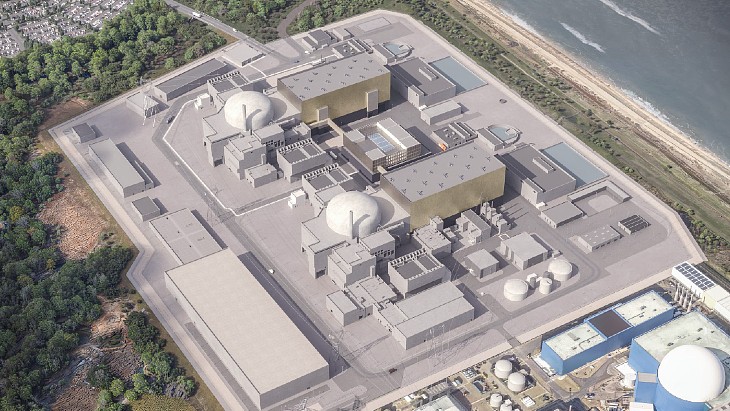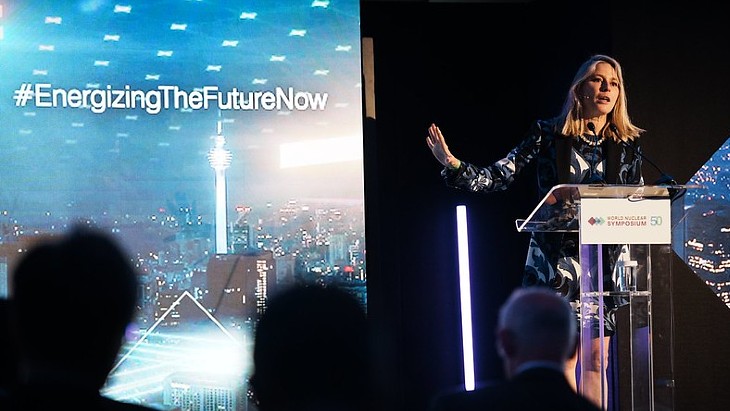Atomic Energy of Canada Ltd (AECL) and the Nuclear Power Institute of China (NPIC) have signed an agreement to work together on the development of low uranium consumption Candu technologies in China.
A memorandum of understanding establishing a framework for collaboration on joint engineering design, research, development and demonstration was signed at a ceremony witnessed by Canadian Ambassador Robert Wright and the Mayor of Chengdu, Ge Honglin. Cooperative research and development is to include work on advanced nuclear fuel cycle technologies such as recycling uranium from used fuel from pressurized water reactors (PWRs) and Generation IV systems.
The Canadian-developed Candu reactor - derived from CANada Deuterium Uranium - is generically a pressurized water reactor. However, unlike other PWRs, it uses natural uranium (that is, unenriched) as a fuel and uses heavy water under pressure as a coolant, as well as using heavy water as a moderator. Candus, as well as the engineering expertise to build and operate them, have been exported to a number of countries including China, South Korea, Romania, India, Pakistan and Argentina. Citing the Candu reactor's low uranium consumption per terawatt-hour of electricity delivered to the grid, Zhao Hua, president of NPIC, said: "We are interested in working with AECL to jointly develop this important advantage including recycling recovered uranium from spent PWR fuel."
NPIC, based in Chengdu, is China's main base for nuclear reactor engineering research, design, testing and operation, with 3700 staff workers and over 2200 research fellows. It is affiliated to the China National Nuclear Corporation (CNNC), which has a long track record of working with AECL. CNNC and AECL worked together to build two Candu reactors at the Qinshan Phase III power plant (also known as Qinshan units 4 and 5). The units were built on a turnkey basis, and started up in 2002 and 2003 respectively.
China to work on Candu technology
Atomic Energy of Canada Ltd and the Nuclear Power Institute of China have signed an agreement to work together on the development of low uranium consumption Candu technologies in China.




_55530.jpg)
_42372.jpg)
_37521_70699.jpg)

_76087_55556.jpg)




